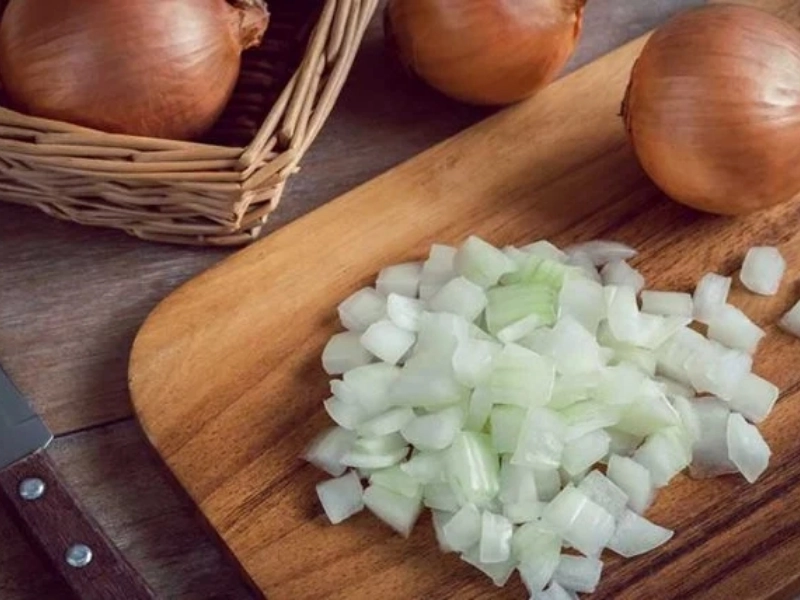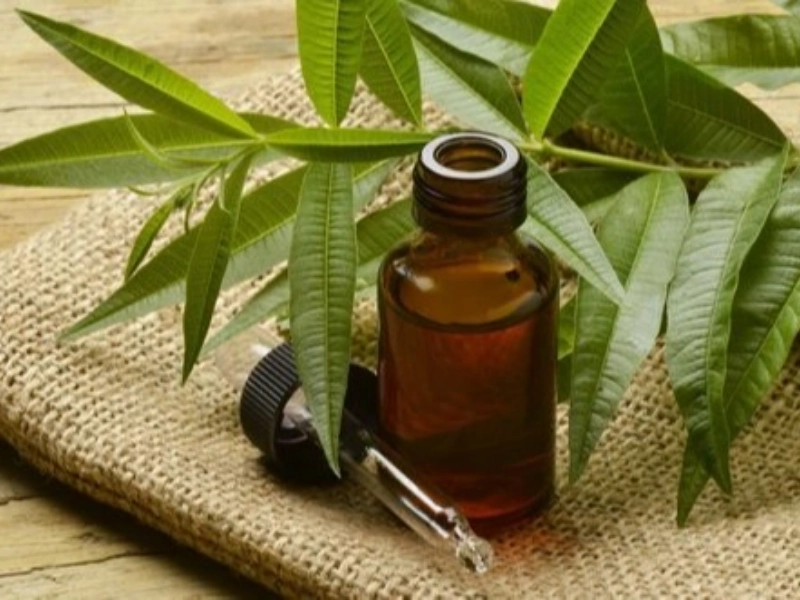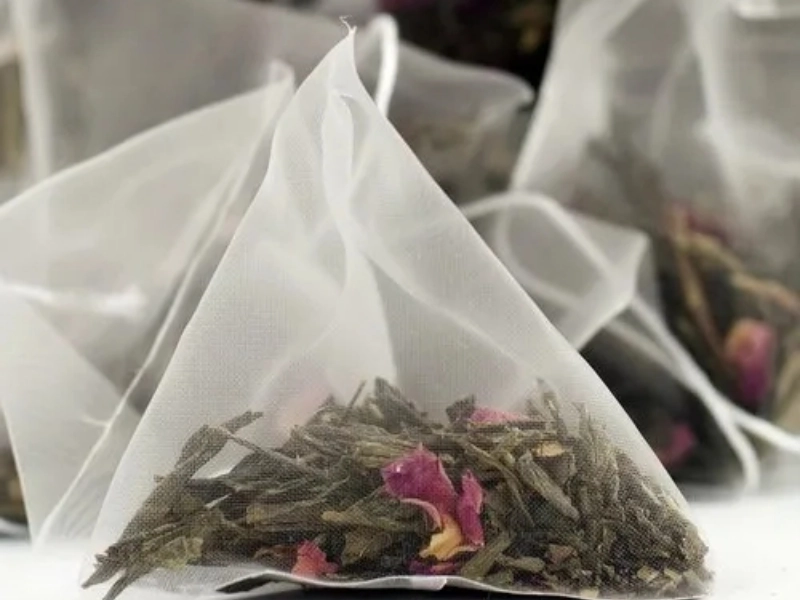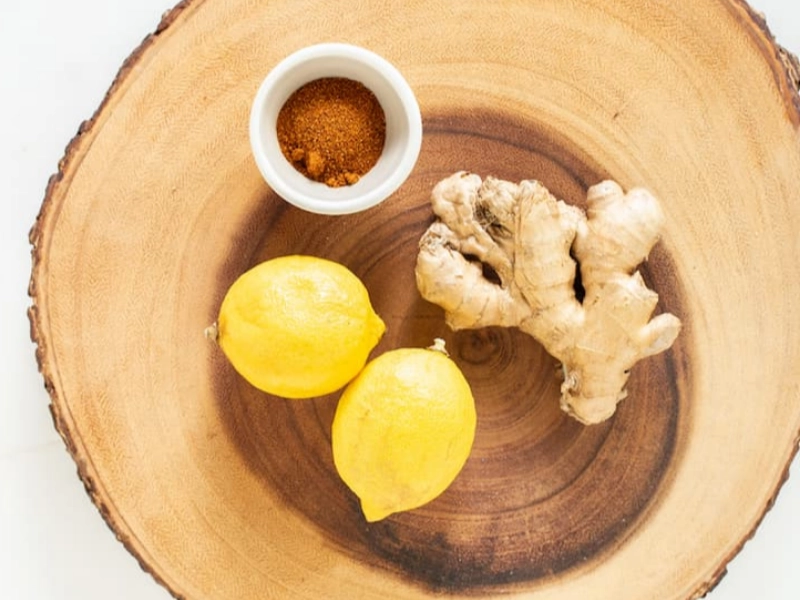Ways to Treat a Toothache and Get Rid of ItThe intensity of a toothache can vary, from a minor irritation to a crippling agony. The issue is that, if neglected, it may eventually result in more significant issues. Thankfully, there are a few over-the-counter treatments that can reduce discomfort and prevent it from returning. This involves giving yourself a quick pain-relieving and infection-clearing rinse with salt water.

Because of their smell, onions may seem like an unusual toothache cure, but they really have antiseptic qualities that both reduce pain and destroy bacteria. To ease discomfort, bite on a peeled clove of garlic or put crushed garlic directly on the afflicted tooth.
To eliminate bacteria and lessen swelling around the uncomfortable location, you can also prepare a DIY mouthwash by mixing salt water with baking soda. Rinse your mouth with a solution made from a teaspoon of salt and warm water.
Oils with antimicrobial qualities, such as those from tea trees, peppermint, and thyme, can help reduce pain. For immediate treatment, apply the oil to the affected region with a cotton ball.

Teethaches can be significantly reduced by tea tree oil's antimicrobial and analgesic qualities. It can be administered directly to the gums or used as a mouthwash. Additionally, it has been demonstrated to eradicate oral germs responsible for cavities and other problems.
Add two to three drops to a glass of water and swish it around your mouth for a minute or two before spitting it out. This can be used as a mouth rinse. A cotton ball or Q-tip dipped in a few drops of the oil can also be used to apply pressure directly to your sore tooth.

Toothache can be effectively treated by acupressure. It won't, however, deal with the pain's underlying cause. For this reason, it's critical to have routine dental checkups.
As an alternative, you can rinse or gargle multiple times a day with a solution of 3% hydrogen peroxide and water. This can eliminate microorganisms and lessen oral inflammation.
The gu is an acupressure point located in the web of skin between your thumb and index finger, sometimes referred to as the connecting valley point. This point can be stimulated to help reduce headaches, tightened jaws, eye issues, and tooth discomfort.

Guava leaves contain spilanthol, which has anti-inflammatory and antispasmodic qualities. A few cleaned guava leaves can be chewed for pain alleviation, or the liquid can be boiled and used as mouthwash.
Garlic has long been recognised for its therapeutic qualities; it has the ability to combat bacteria and prevent the formation of plaque. You can chew on a clove or break it into a paste to apply to the affected area.
Strong antibacterial and anti-inflammatory qualities characterise thyme. Clove oil can be made into mouthwash by diluting it with carrier oil and applying it to a cotton ball or by adding it to hot water.

Many people think that applying aspirin straight to their teeth might aid in pain relief. But using aspirin directly on your teeth merely results in a chemical burn that exacerbates the discomfort. Aspirin also includes acids, which might harm your mouth's sensitive tissues.
Applying clove oil to the area that hurts can help reduce dental pain and swelling. The majority of pharmacies have clove oil, which is simple to apply to your teeth or gums by dipping a cotton swab into the solution.

Using tea bags is the most effective technique to lessen toothaches. Applying a hot or cold peppermint tea bag to the afflicted area will help reduce swelling and provide pain relief. The oil's antimicrobial and antibiotic qualities aid in preventing illness.
Another natural toothache cure is clove oil. It can lessen pain and swelling because of its inherent anaesthetic and antibacterial qualities. Applying a few drops with a cotton ball and diluting them with water will help the gums.
You can also use mouthwash containing 3% hydrogen peroxide to get rid of bacteria and soothe toothaches. Spitting it out should be followed by rinsing; do not ingest it.

Cayenne pepper and ginger can be used to lessen inflammation, which is the source of dental discomfort. Capsaicin, the active component of cayenne pepper, aids in the reduction of inflammation and discomfort. It can be applied topically to the affected area or mixed into your food.
Toothache relief can also be achieved using clove oil. Several times a day, you can apply it directly to the afflicted area. It has strong analgesic and antibacterial qualities.
A further natural cure is to use 3% hydrogen peroxide as a mouthwash. This will eradicate microorganisms and lessen gum inflammation.